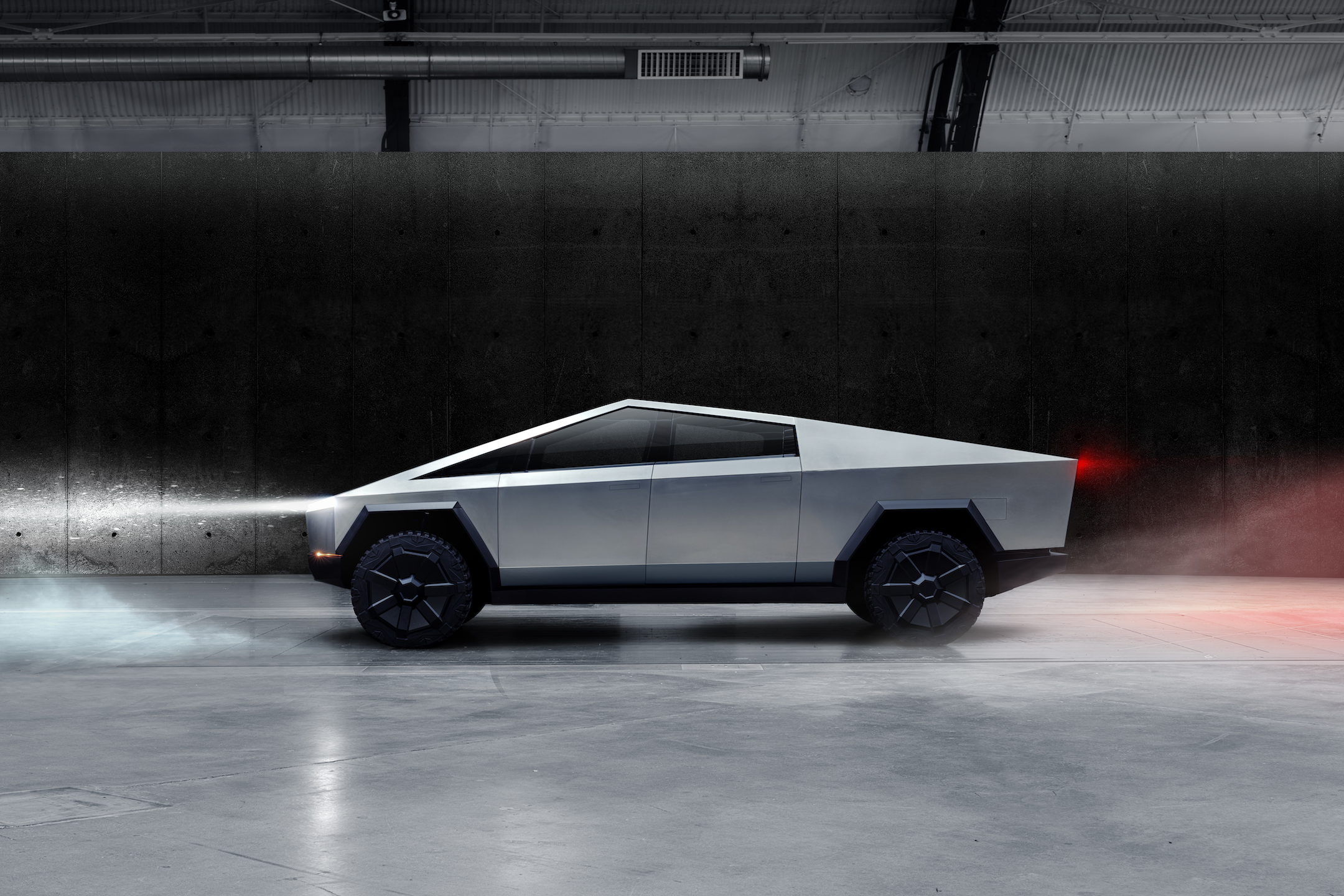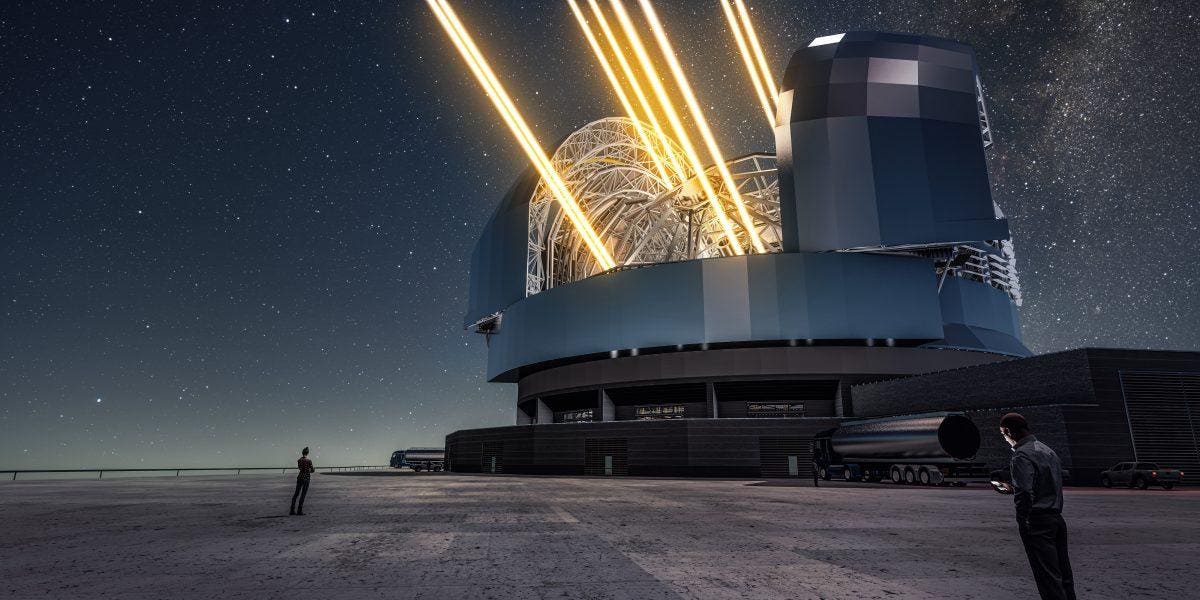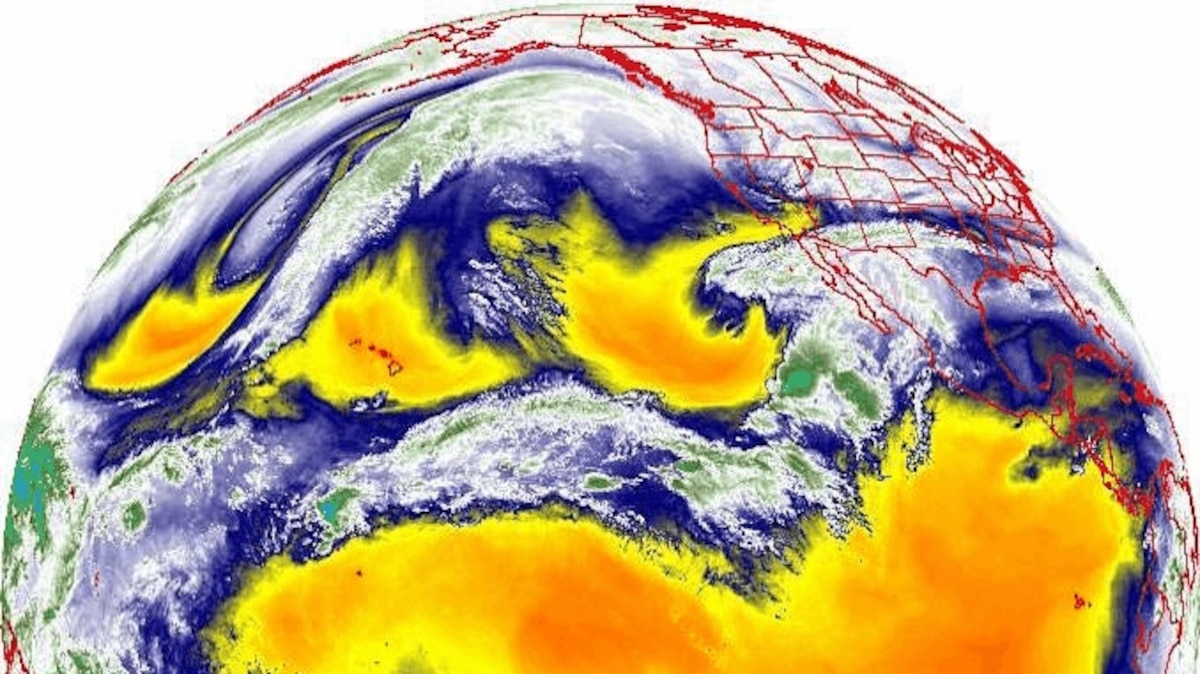When he's singled out for doing what at least half a dozen other companies are planning to do though
Nope. Astronomers are very much aware of the other large constellations being prepared, so they protest all of them. They have been aware of the issue since the late 1990s when the Iridium constellation was launched, which used large mirror-like flat panel antennas that would get very bright in the night sky. Thankfully, the Iridium-next satellites being launched now are far dimmer.
This year, Elon was so nice to give us all a visual demonstration of what's to come, so of course it's a popular topic now. Oh, and when astronomers protested after the first launch, SpaceX listened (but not without firing off another 60 satellites to the initial, too-bright design).
It's easy to be glib and say "oh, all astronomers should just use space telescopes instead". The number of space telescopes in use today is a few dozen across the entire EM spectrum. I count about 800 professional-grade astronomical observatories on Earth, and that ignores the thousands of amateurs who contribute observations on this level.
Astronomers have always been protective of the EM spectrum they're trying to observe. To get FCC approval, SpaceX had to comply with regulations for the radio emissions from their Starlink sats that are aimed at protecting radio astronomy. For visual astronomy, such protections aren't in place at the moment, but the time has clearly come for regulation.

techcrunch.com

techcrunch.com



